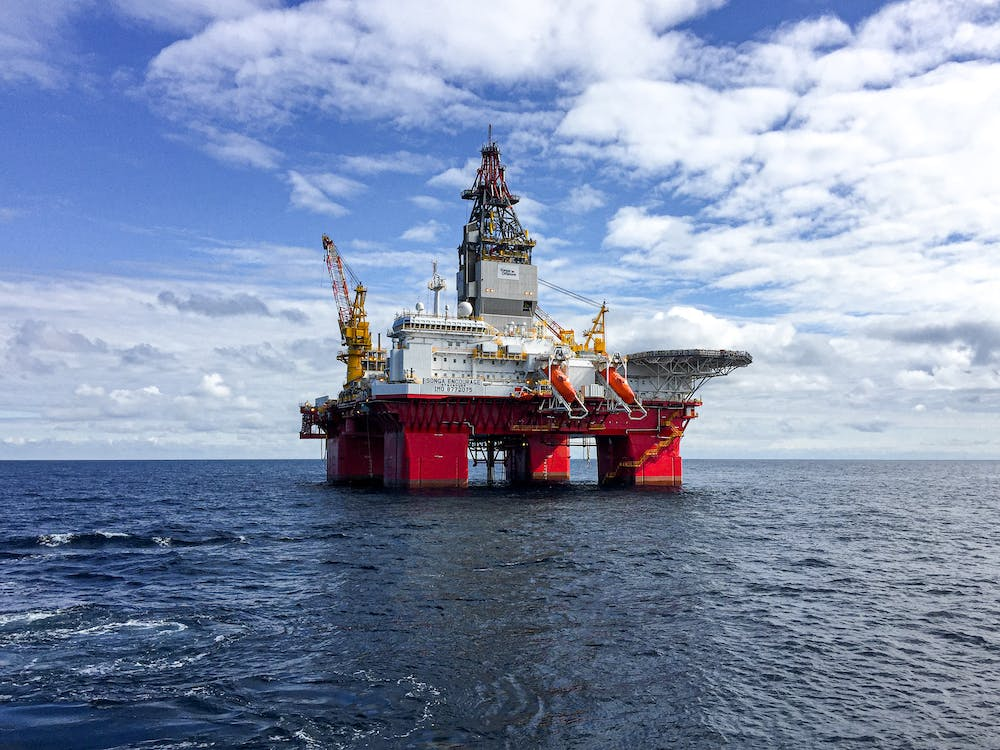4 Oil and Gas Key Performance Metrics (KPIs) You Should Measure
Like all other industries, technology has also significantly impacted the oil and gas industry. Drilling contractors or companies that drill and collect oil and gas must constantly use new technologies to stay on top of market trends and requirements.
Read more: 4 Oil and Gas Key Performance Metrics (KPIs) You Should MeasureOne such market requirement is implementing KPIs and using them to enhance the operations and profitability of oil and gas companies. KPIs, also called Key Performance Indicators, are used to measure a company’s or contractor’s success concerning previously set targets, growth, performance, and the current market. Oil and gas companies can also use drilling information systems, gather data and analyze these KPIs to make data-informed business decisions, which allows them to optimize their company’s processes and boost growth.
This blog discusses some oil and gas key performance metrics (KPIs) companies and contractors need to measure.
X Leaks Per Y Customers
One of the most important KPIs that oil and gas contractors need to measure is the number of leaks per customer. Leaked oil and gas can have a significant negative impact on the environment and can even turn into a hazard. At the same time, constant and large amounts of oil and gas leaks can result in major financial losses for oil and gas companies or drilling contractors. Therefore, contractors need to track these leaks.
This will allow you to calculate the current number of leaks, which lets you decrease it to an extent. Contractors manage an extensive system of machines, drills, and pipelines, and knowing how many leaks occur can help them take essential steps to detect leaks, fix them, and prevent them in the future. This also allows them to save significant revenue. Additionally, reducing natural gas leaks can decrease your contribution to greenhouse gas production and global warming.

Capital Spending
Like all industries, tracking the capital you spend is also essential for oil and gas companies and contractors. The Capital Spending KPI allows contractors to keep track of their budget and know how much money they have already invested in a project. This information will determine their spending policies for future projects or the next stages of the same project.
Without tracking the money or resources you’re investing in your oil and gas project, you might spend excessive amounts of money, which can result in a project deadlock or inaccessibility to resources when you need them for further stages. However, you need to remember that capital spending is a vast KPI. Therefore, you also need to track several sub-KPIs, like equipment lease expenses, labor expenses, and resource costs, to calculate optimal capital spending expenditures.

Cash Flow
Another financial KPI that oil and gas companies and contractors should measure is the cash flow KPI. A cash flow analysis can let you know where your company and projects stand, which allows you to take innovative measures to improve your company’s financial performance and health. The cash flow KPI can be divided into total revenue, complete expenses, and cash flow into different regions, departments, and projects.
By measuring the cash flow KPI, you can know how much you’re earning from a current oil and gas project or how much money your company currently owns. It also allows you to keep an eye on your company’s expenses. By knowing the changing cash flow of your oil and gas company, you can take measures to reduce expenses and increase revenue.
Safety Training Completion and Number of Accidents
Many oil and gas companies and contractors make the mistake of not considering KPIs that discuss employee safety, which can be hazardous. Therefore, contractors and companies should consider KPIs that discuss employee safety and avoiding accidents. Since there are no set KPIs that can ensure employee safety, you can track how many employees have completed their safety training.
You can also introduce a KPI for the number of employees who use safety equipment. Additionally, tracking the number of accidents that happen during a project is advisable. Once you have this data, you can determine if your safety equipment or safety training is effective and take essential measures to update them as required. You can also take other steps to minimize accidents which will prioritize worker safety.

Want to Measure Oil and Gas Key Performance Metrics (KPIs)? Try Software for Drilling Contractors
With the help of these oil and gas key performance metrics (KPIs), you can gather important data and make data-backed decisions. At Infostat Systems, Inc., we have RIMDrill, a rig performance reporting system that allows you to gather important data, implement drilling information solutions, and generate daily drilling reports.
Reach out to us, try this drilling information system, and measure oil and gas key performance metrics (KPIs) effectively.
